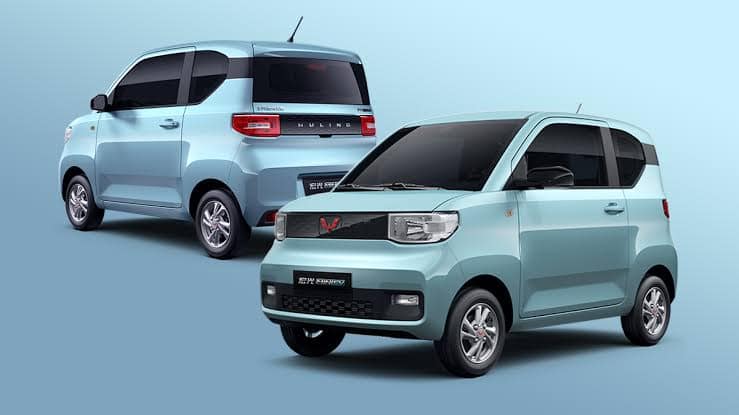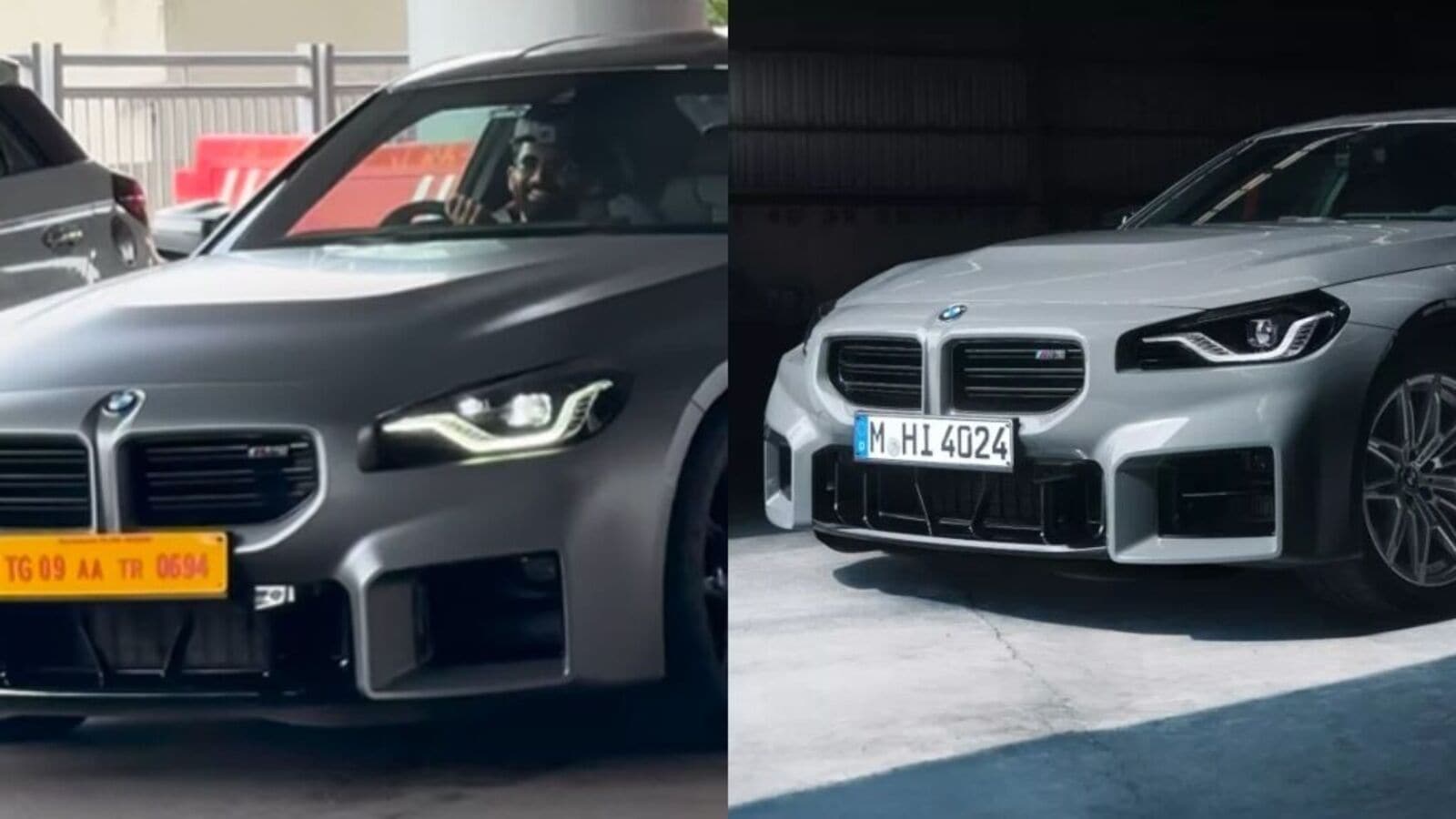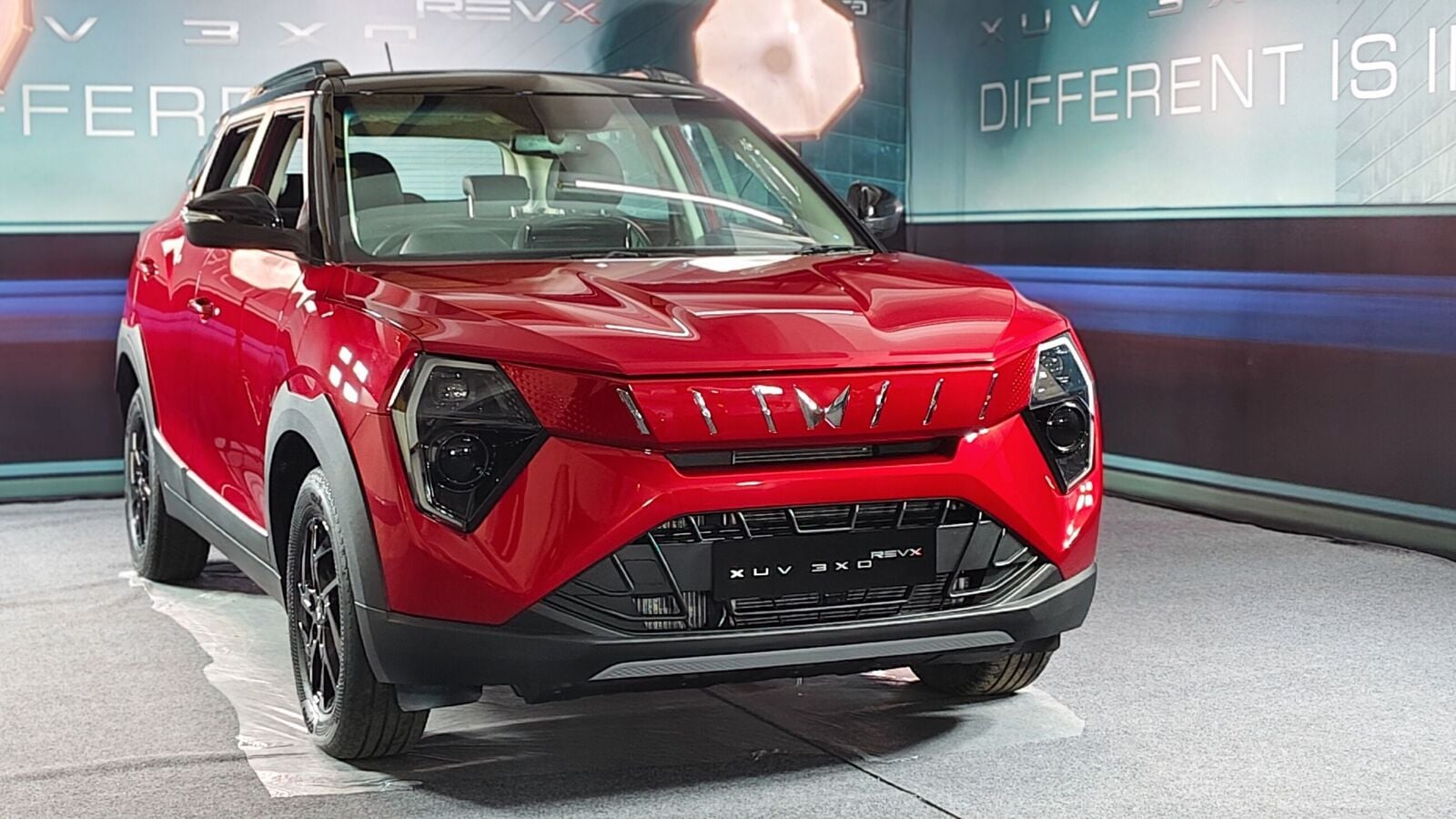what is micro ev’s
Micro EVs (Micro Electric Vehicles) are small, lightweight electric vehicles designed for short-distance travel, typically in urban areas. They are more compact than regular cars, have lower speeds, and are often built for one or two passengers.
Key Features of Micro EVs:
- Electric-Powered: They run on batteries instead of gasoline, making them eco-friendly.
- Compact Size: Smaller than regular cars, making them easy to park and maneuver in crowded cities.
- Lower Speeds: Most micro EVs have a speed limit of 30-50 mph (50-80 km/h), depending on the model and regulations.
- Affordable & Low Maintenance: They cost less than traditional cars and have fewer moving parts, reducing maintenance costs.
Examples of Micro EVs:
- Renault Twizy (Europe)
- Citroën Ami (Europe)
- Wuling Hongguang Mini EV (China)
- Eli ZERO (USA)
- Kei Cars (Japan, some models are electric)
Micro EVs are gaining popularity as cities move towards sustainable and space-efficient transportation. They are ideal for short trips, urban commuting, and shared mobility services.
Micro EVs: A $90 Billion Market by 2045
Small electric vehicles, known as micro EVs, are becoming an increasingly important part of urban transportation. These compact vehicles, which typically seat one or two people, are designed for short trips and are much smaller than regular cars. They are becoming popular because they are affordable, easy to park, and eco-friendly.
A recent report by IDTechEx predicts that the market for micro EVs will grow significantly, reaching $90 billion by 2045. Several factors are driving this growth, including increasing urbanization, traffic congestion, and the push for sustainable transportation.
Why Are Micro EVs Becoming Popular?
- Urban Mobility Needs
Cities are becoming more crowded, making large vehicles difficult to navigate and park. Micro EVs take up less space, making them an ideal choice for short city trips. - Lower Costs
Traditional cars are expensive to buy and maintain. Micro EVs, on the other hand, are cheaper, use less electricity, and require lower maintenance. Many governments also offer incentives for electric vehicles, making them even more attractive. - Environmental Benefits
With the growing concern over climate change, many people and governments are looking for cleaner transportation options. Micro EVs produce zero emissions, helping to reduce pollution in cities. - Government Support
Some countries are already encouraging the use of micro EVs. For example, Japan has kei cars, which are small, fuel-efficient vehicles that benefit from tax incentives and lower ownership costs. In Europe, lightweight quadricycles like the Renault Twizy are gaining popularity for short-distance travel.
Technology and Innovation in Micro EVs
The rise of micro EVs is closely connected to the development of autonomous driving technologies. Smaller vehicles are easier to navigate in crowded urban environments, making them suitable for self-driving applications in the future.
Many companies are also exploring battery advancements to improve the range and efficiency of these vehicles. As battery technology improves, micro EVs will become more practical for daily use.
Challenges to Overcome
Despite their benefits, micro EVs face several challenges:
- Safety Concerns: Since these vehicles are smaller and lighter than traditional cars, ensuring their safety in accidents is a priority. Manufacturers need to focus on stronger materials and better safety features to gain consumer trust.
- Regulatory Barriers: Many countries have strict vehicle regulations that do not yet fully accommodate micro EVs. Policymakers will need to update laws to allow wider adoption.
The Future of Micro EVs
Micro EVs are set to play a big role in the future of urban transportation. As more cities prioritize sustainability, reduce traffic congestion, and develop better charging infrastructure, these compact electric vehicles will become an essential part of daily commuting.
With continuous technological advancements and growing consumer interest, micro EVs could reshape urban mobility and provide a cleaner, more efficient way to travel.




